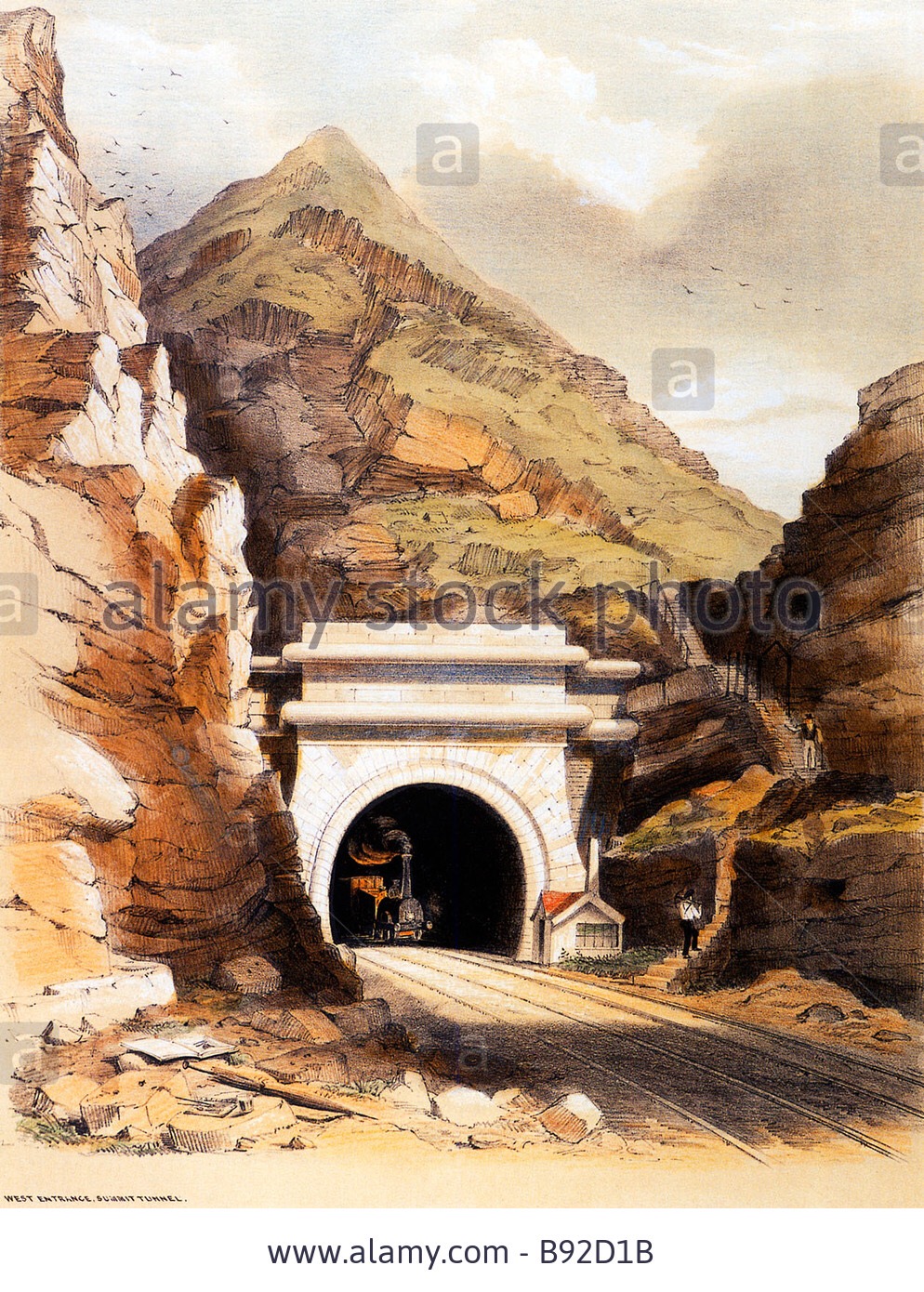“I will stake my charactor,my head,if that tunnel ever gives way so as to bring danger to any of the public passing through…..I dont think they is such another piece of work in existence in this world.It is the greatest work that has yet been done of its kind.”
The words of George Stephenson on leading a party of invited guests on a torchlight walk through the tunnel that would enable the railways to cross the Pennines linking Manchester to Leeds in the spring of 1841.
One hundred and seventy five years later, the tunnel, connecting Liitleborough and Todmorden, is still going strong yet its building which began in 1839 was a feat of early Victorian engineering even today not easily surpassed.
A mile and a half long, 21 feet 6in in height, 23 feet wide and contained 23 million bricks and 8,000 tons of Roman cement, it cost twenty eight lives, £251,000 and two years and four months to complete.
James Wood, chairman of the Manchester & Leeds Railway laid the first brick in August 1838.The project had a workforce of between 800 and 1,250 men and boys, aided by about 100 horses and 13 stationary engines used mainly for hauling excavated material out of the shafts. Inside it, every piece of rock was hewn with hand tools by candlelight.
The excavated rocks were used later to build the Blackpool promenade.
The engineers were beset by problems both logistic and human. The bedrock and blue shale through which the tunnel runs proved to be harder to excavate than anticipated and slow progress led to the original contractors being sacked in March 1839. It had to pass under the Rochdale canal which was carried out by means of an aqueduct, and the Company building it were plagued by what we would regard now as health and safety incidents.
Even at its opening it was hit by bad luck.First scheduled to open in December 1840, last minute inspections saw safety fears delay it by three months.Eventually the grand opening took place on the 1st March 1841, the train from Manchester accompanied by various dignatories and a brass band, joined by another at Littleborough and the blowing of hunting horns by red coated guards.The workers were later treated to a meal in the tunnel.
The rail link would see a vast fall in the prices charged for cross TransPennine goods and break the monopoly of the Rochdale Canal owners.
One hundred and forty three years later, the tunnel would again make the headlines when a train carrying petrol tankers was derailed in the tunnel and ignited a fire that would burn for days burning the moorland around and closing one of the cross Pennine road routes.
Miraculously nobody was killed and the damage to the tunnel was minimal, indeed it reopened less than twelve months later.







